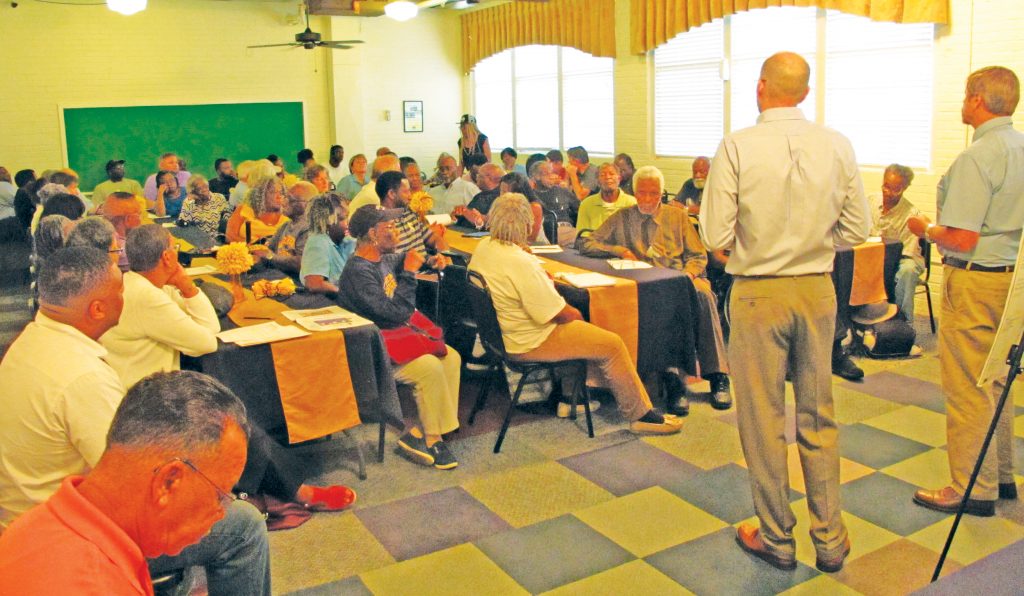
Officials from the County, Winnsboro and Central Midlands Council of Government discuss revitalization with Zion Hill and Fortune Springs area residents. | Photos: Barbara Ball
WINNSBORO – “If we don’t get something done here tonight,” Robert Davis told a crowd of Zion Hill and Fortune Springs Park area residents, “it’s our own fault. Officials from the town, county and the Central Midlands Council of Government (CMCOG) are here to help us.”
Davis was speaking to residents who had been asked by county officials to gather in the renovated Fairfield High School building for the purpose of contributing information that CMCOG could use to create a master plan for Winnsboro.
For some in the community, the mention of yet another plan for the town immediately caused skepticism to ooze.
“I have three or four folders at home where officials have come to my area with a plan, started work, tore down a few houses, then left. Will this be a designated plan?” Betty Gunthorpe, a resident of the Cemetery Street neighborhood across town from Zion Hill, asked. She also wanted to know, “Why Zion Hill?” and “How did Winnsboro get like this?”
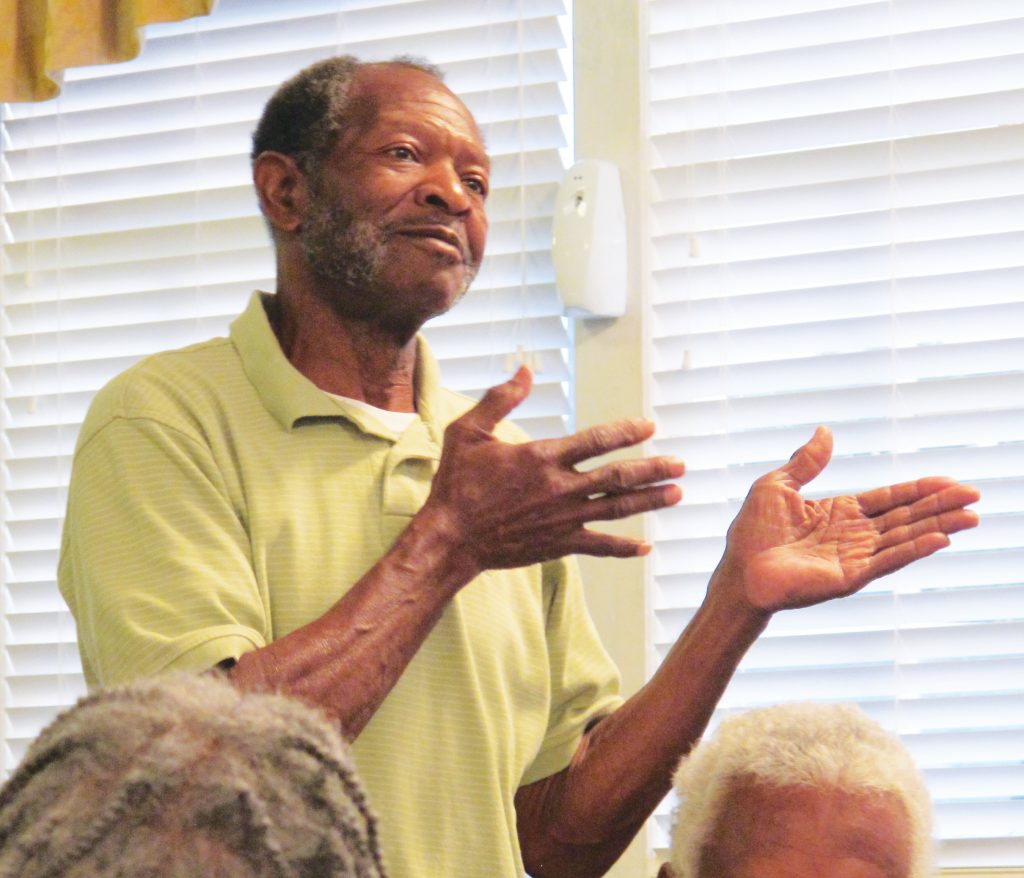
Resident Robert Pinkney recalls how Zion Hill used to be.
Chris Clauson, Fairfield County Community Development Director, answered Gunthorpe’s first question, explaining that this particular plan would, indeed, be different. He said the creation of the master plan is a required first step for the county and town to apply for thousands of dollars in Community Development Block Grants (CDBG’s) that can then be used to revitalize areas in neighborhoods overcome with blight caused by such things as dilapidated houses, crime, neglected parks and crumbling infrastructure.
Gregory Sprouse, Director of Research, Planning and Development for CMCOG answered Gunthorpe’s second question.
“I appreciate what you’re saying,” Sprouse, said. “To your point, we want this [Zion Hill] to be a starting point for how we can move similar types of projects into other areas of the town that need the same type of commitment. CDBG funds must be spent to benefit low to moderate income populations based on census data, and Zion Hill and the Fortune Springs area fit that criteria.”
While Gunthorpe’s third question stumped the planners, Clauson set conversation in motion as to how things could be turned around.
“Tonight is the first phase,” Clauson said. “We’ve been out in the community talking to residents and gathering data. We’ve seen some things. Now we’ve called this meeting to get input from you about what you think is wrong in your neighborhood and what you want changed. We want to know what’s going on, what are the issues, the opportunities, the challenges. We want to hear about traffic issues, infrastructure, lighting, town services, transportation (transit), public safety and issues with health and education, so we can pair them up with potential grant funds to fix the problems.
“The point tonight is to determine what the potential projects are and to set priorities for them,” Clauson said. “The problem we’ve heard the most about is dilapidated houses and other structures that are deserted and falling in. They’re eye sores,” Clauson said. “But we have to create the master plan for revitalization before we can apply for the funds to deal with the houses.”
During the course of the evening, residents began to pour out their worries and frustrations, including what they perceived to be poor code enforcement, the inaccessibility of Zion Park, poor responses from the Sheriff’s department and town hall and nothing being done about houses falling into disrepair.
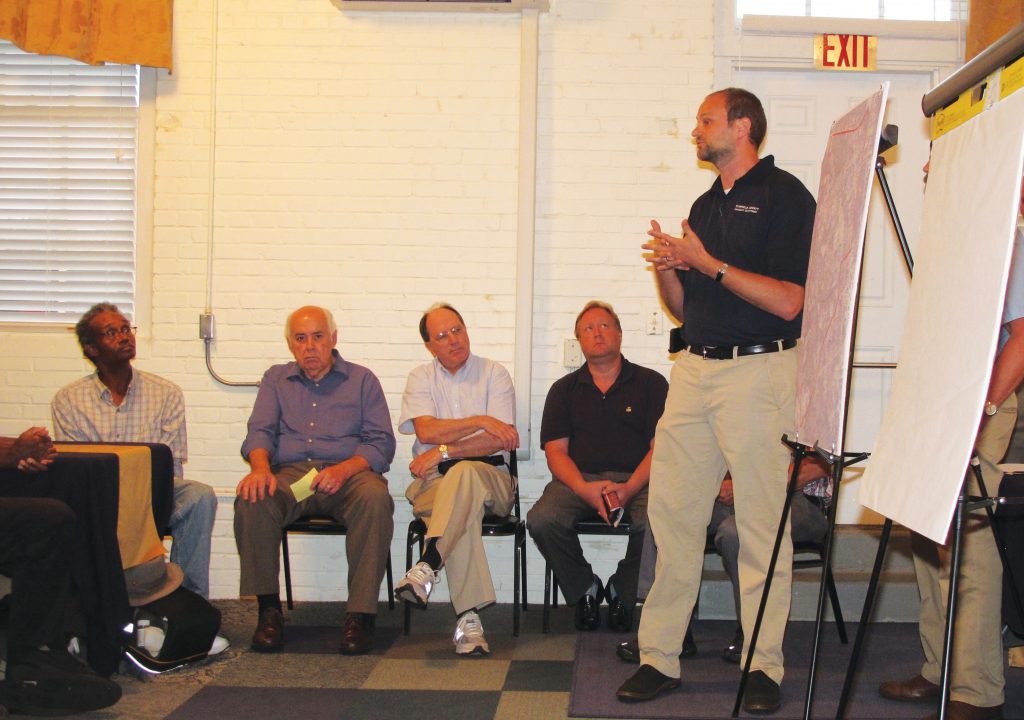
Chris Clauson, director of the County’s community development, leads revitalization discussion.
“It can be a very arduous process to condemn these houses and clear them out,” Mayor Roger Gaddy explained. “The laws are on [the property owner’s] side. It’s a very costly process. Before we can do anything, we have to find the property owner, who frequently lives in another state, and send two registered letters,” Gaddy said. “Then, after they open the first letter, they won’t sign for the second one. It’s extremely frustrating. But if you don’t go through the process, you put the town at risk of being sued.”
But solutions were also presented. Clausen explained that the County is making some headway in eliminating blight by tearing down those dilapidated structures that have come under the county’s ownership through tax forfeiture.
County Administrator Jason Taylor explained that the county has acquired more than 100 structures over the years through the forfeiture land trust, and has begun tearing those structures down. He said the county is also trying to acquire others that it doesn’t own that need tearing down.
“But you have to have the money to do this or it’s just a dream,” Taylor said. “A CDBG will give us $500,000 to work with to get property owners to sign the properties over to us so that we can tear them down.”
Taylor’s plan includes more than just tearing down the houses. He said the lots that remain after the houses are torn down could be leveraged to accommodate new affordable homes in the neighborhood.
“Once we tear the houses down, we have all these empty lots throughout the town with water, sewer, electricity, sidewalks and roads ready to be built on. When you build a new subdivision, you spend most of your money on roads, sewer, water, those kinds of things that these lots already have,” Taylor explained. “So we have reached out to Habitat for Humanity. Once we get ownership of all of this, we hope to bundle the lots and work with Habitat or some other developer to come in and put new houses on them.”
Other discussion centered around problems at Fortune Springs Park – lack of tree pruning, soil erosion, sidewalk needs and more.
There were also poignant testimonies of a once thriving neighborhood that is now at the mercy of crime.
“I grew up on Zion Hill and nothing’s the same anymore,” Robert Pinkney told the planners. “You used to know everybody and feel safe. My house has been broken into five times and I finally had to go find the thieves myself and get my own things back – three TVs, two lawn mowers, two weed eaters and more,” he said. “We don’t get any help.”
While some of the complaints residents relayed to the planners were raw and difficult for city and county leaders to listen to, it was what the organizers had come to hear.
“I’ve been to these community meetings all over the state,” Newman told the 60 or so residents in appreciate of their participation, “and the turnout here is amazing. Haven’t seen anything like it.”
“We have some competitive projects here,” Sprouse said, “and we will be submitting our application for a neighborhood revitalization grant in September.”
According to Taylor, together, the town and county are eligible to apply for four $500,000 CDBG grants each year, one each for the county and the town for infrastructure in the spring and one each for the county and town for community revitalization and enrichment in the fall.
“Working together,” Taylor said, “we can do a lot”
Asked by one resident, what MCOG’s track record is for getting CDBG money,” Sprouse answered with a smile, “it’s good.”
“We are committed to getting some of that money in here,” Clauson said. ”And we will be having more meetings like this one for future projects if we are successful with this.”
Before the crowd dispersed, Ridgeway Town Councilman Don Prioleau, who is also the president of the Fairfield High School Alumni Association, invited those attending to take a tour of the renovated school building to see first-hand what revitalization can do.
After the meeting, Prioleau pointed out that the school has been almost totally restored to its original state through the efforts of its former students and with no government help.
“The building is now beautiful and useful. It offers meeting space for community meetings such as this one,” Prioleau said. “It’s a wonderful asset to the community now. The renovation of our school is something we worked long and hard to accomplish and we are very proud of it,” Prioleau said. “I’d like to see that for this whole Zion Hill community, for the whole Town of Winnsboro.”


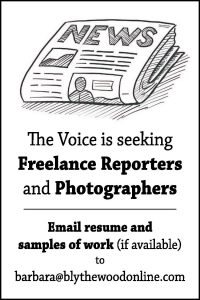





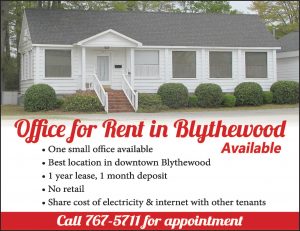
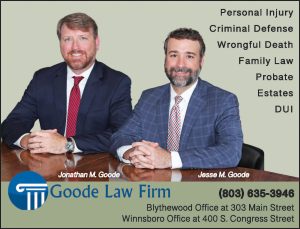


They added fortune spring area which is a High Street, which mean those who don’t need it will get it.